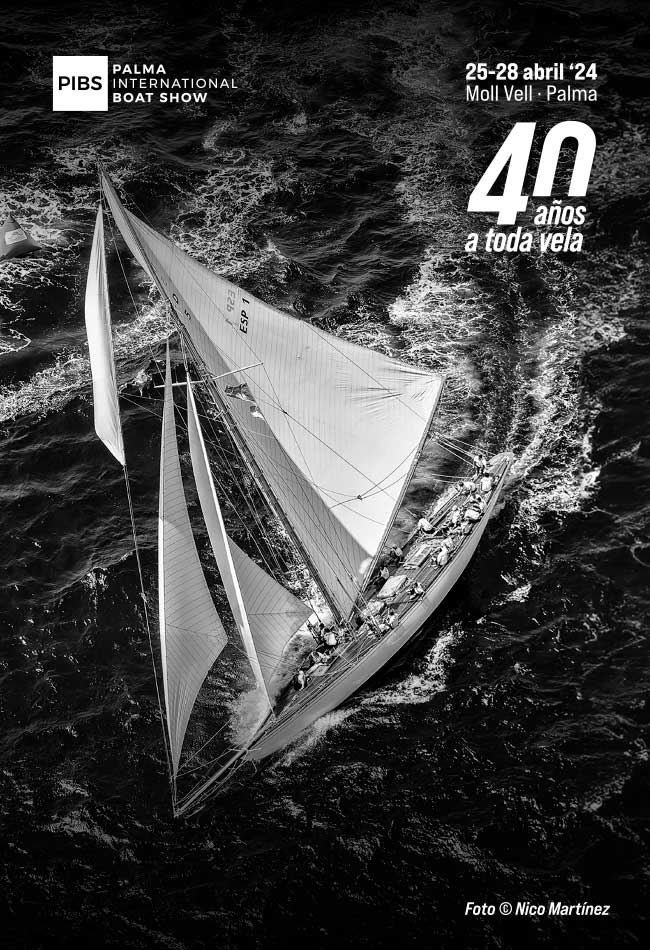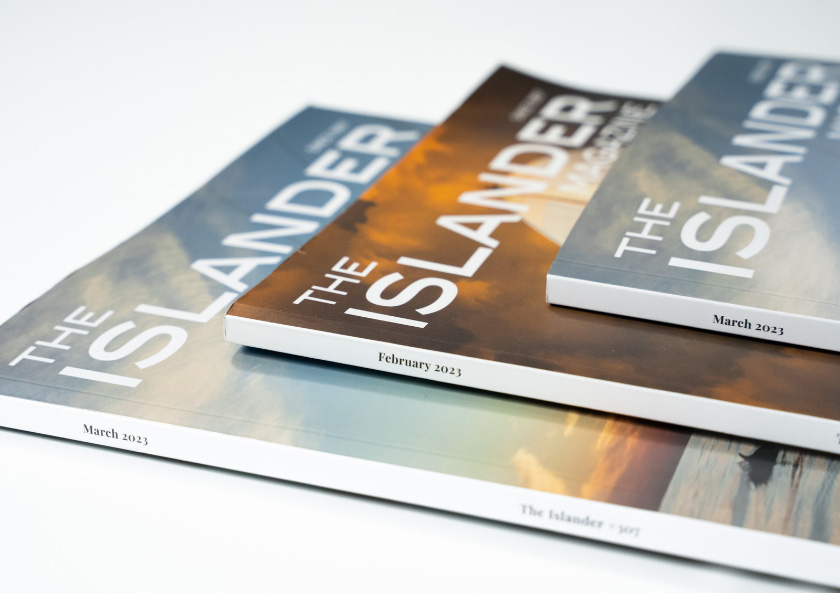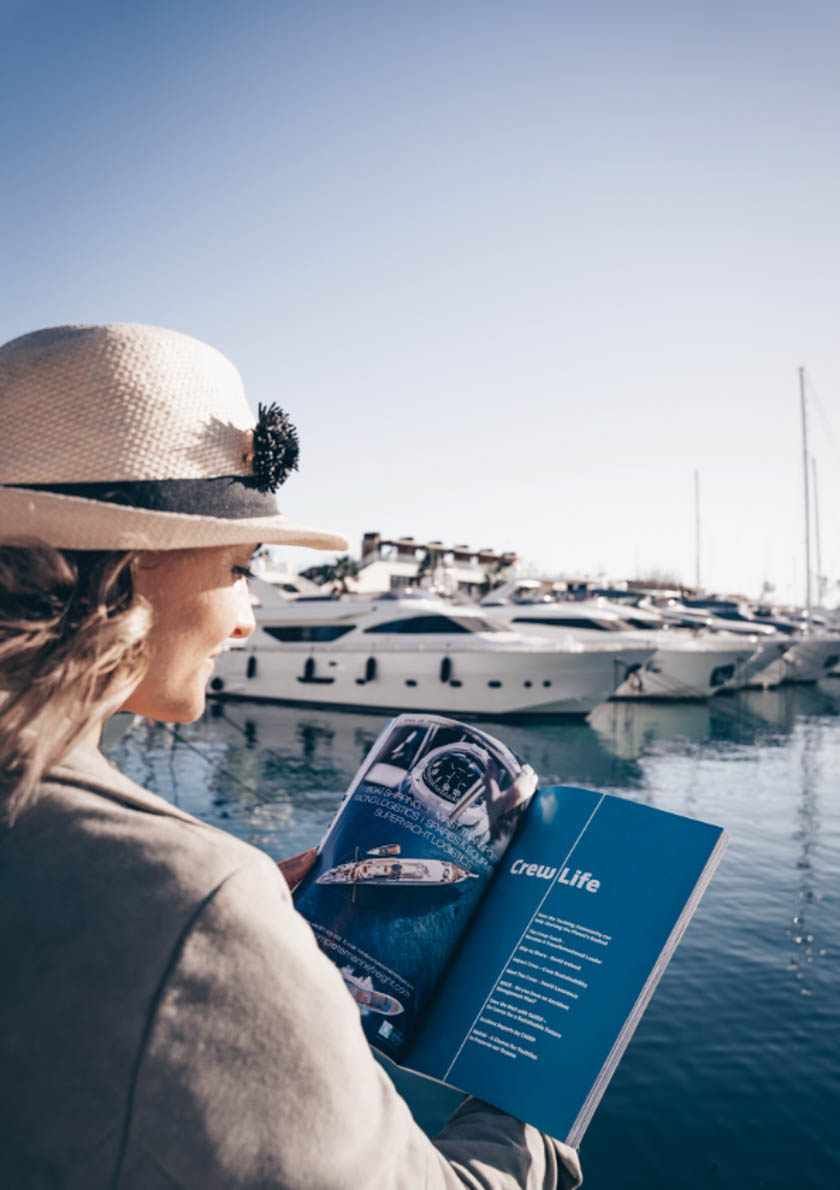In the last issue of The Islander we started to look at problems of the Quadriceps Muscle Group. In this issue we are going to look at Chondramalacia Patella.
aka Runner´s Knee
aka Cyclist´s Knee
aka Housemaids Knee
aka PFPS (Patellofemoral Pain Syndrome)
aka AKP (Anterior Knee Pain)
A lot of sports and activities can claim to be the cause of this painful and persistent knee problem.
The Patella (kneecap) is a flat almost triangular bone with curved angles and concave inner surfaces which are covered in smooth shiny articular cartilage. Situated inside the quadriceps tendon it acts as a pulley for the Quads to extend the knee and (aided by pads called bursae) protects the inner workings of the joint when we kneel.
The inner surface of the patella has 2 slightly concave surfaces (medial and lateral) with a ridge separating the two sides designed to slot into a groove on the lower end of the femur so that when the quadriceps extend our knee the patella moves neatly into its track acting as a pulley over the knee joint to raise the lower leg locking into it´s femoral slot.
PFPS or Chondramalacia Patellae is caused when the patella fails to lock into it´s track and a roughening of the underside articular cartilage begins to occur which will get worse with time if the alignment is not corrected.
Symptoms
Include pain at the front of the knee, there may be some swelling – as much as a tennis ball size over the kneecap. Pain is felt when attempting to lock the knee in full extension and also on going up and down stairs or slopes. This condition will persist until correction of the alignment of the patella has been achieved.
Causes
Housemaids knee is easy to understand as anyone kneeling frequently will certainly grind the kneecap and inflame the bursa padding it against a hard surface unless a kneeling cushion is used.
Cycling and running is a little different as this involves an imbalance of the 4 quadraceps muscles for differing reasons.
A track runner may well run the same direction around the track just as a road runner may also run the same route to check out times over a known distance. In both cases there may be cambers in the road and certainly the same curves undertaken in the instance of the track runner. Over a time this can lead to an imbalance of the strength of the quads. There is a greater strength possible in the outer layer of the Quads group (Vastus Lateralis and Intermedius) Rectus Femoris is pretty much in line with the patella but Vastus Medialis is really the only one holding the patella medially in its track. So the outer Quads end up stronger than the inner one causing the kneecap to be pulled laterally out of it´s track thus roughening up the delicate inner cartilage.
With running this problem can be solved by alternating your route and have your insoles checked by a podiatrist. However if the problem already exists then you need to see a physio to rectify the existing symptoms and understand the exercises require to rebalance the quads.
Chondramalacia Patellae in cyclists involves different mechanics.
Back to the anatomy!
Although not every Biomechanic would agree, it is generally understood that the Vastus Medialis muscle is largely responsible for the last 45 or so degrees of extension this range is variable according to the individual as some of us can hyperextend our knees where as others are unable to achieve 180 degrees of full extension.
Cyclists tend to over-develop their outer quadriceps muscles; you only have to take a look at the thighs of the Tour de France to see this! This may well be because when cycling they rarely fully extend their knees and so the Vastus Medialis muscle becomes imbalanced with the strength of the other 3 allowing the kneecap to deviate out of it’s track once again causing softening and damage to the patellar inner cartilage surface.
Other causes may be less obvious. Anyone regularly carrying weight up and down stairs or ladders may also be susceptible to anterior knee pain and it is important to try to identify the cause in order to allow the knee time to heal.
Treatment
Your Physiotherapist will use strapping or a support to protect the knee joint while treating the symptoms with Interferential Diathermy or TNS and Ultrasound. Regular ice packs should be applied at home to reduce the inflammation and any swelling. Once the symptoms have subsided inner range quads exercises are introduced to improve the strength of the Vastus Medialis and correct any deviation in the patellar tracking.
The Physiotherapy Centre
C/ Joan de Saridakis, 1
Palma de Mallorca
07015
Tel: 971 405769 609353805














